This comprehensive guide explores how adopting DevOps and DevSecOps principles can streamline compliance with NERC and CIP (Critical Infrastructure Protection) standards. It delves into best practices, from automated testing and CI/CD pipelines to secrets management and incident response automation, offering concrete tool recommendations for each. With a focus on real-time monitoring, secure code reviews, and regular audits, our recommendations aim to reduce risks and penalties while enhancing your organization’s overall security posture.
Introduction
The adoption of DevOps and DevSecOps principles can go a long way in helping companies meet NERC and CIP standards. DevOps focuses on automating the entire software delivery process, thereby enabling quick deployments, while DevSecOps integrates security into this lifecycle.
Below are some DevOps and DevSecOps standards and best practices in the context of NERC and CIP:
DevOps Practices
- Continuous Integration and Continuous Deployment (CI/CD): Establish a CI/CD pipeline that is compliant with NERC standards. Include checks for any possible compliance breach.
- Infrastructure as Code: Keep all infrastructure components codified and version-controlled to ensure that the infrastructure can be audited and rolled back to a secure state if needed.
- Configuration Management: Use automated tools like Ansible, Puppet, or Chef to manage configurations, ensuring that all machines are compliant with the required security settings.
- Automated Testing: Automate testing of code to ensure that all releases are compliant with NERC standards, especially those related to security vulnerabilities and infrastructure reliability.
- Monitoring and Logging: Implement robust monitoring and logging to track any security incidents or non-compliance issues in real-time.
DevSecOps Practices
- Security as Code: Codify security settings and compliance checks into the DevOps process. Make use of automated tools to check for security compliance as part of the CI/CD pipeline.
- Automated Security Scanning: Integrate automated security scanning tools into your CI/CD pipeline to check for vulnerabilities at different stages of the development lifecycle.
- Secrets Management: Utilize tools like HashiCorp Vault or AWS Secrets Manager to securely manage secrets, credentials, and other sensitive information.
- Incident Response Automation: Use automated runbooks for incident responses that are compliant with NERC requirements. Make sure that the DevOps team and the Security Operations Center (SOC) are aligned in their actions and documentation.
- Security Training and Awareness: Ensure that all DevOps and DevSecOps personnel are trained in NERC and CIP requirements, as well as how to implement them in day-to-day operations.
- Compliance Auditing: Implement automation tools for the auditing of NERC compliance, including reporting features that can be used for regulatory oversight.
- Patch Management: Integrate automated patch management into the CI/CD process to ensure that all software components are up to date with security patches, in compliance with NERC guidelines.
- Access Control: Implement least privilege access and Role-Based Access Control (RBAC) into the CI/CD pipeline, in line with NERC standards.
- Secure Code Reviews: Incorporate automated and manual secure code reviews to ensure that newly developed code is compliant with NERC and CIP standards.
Documentation and Compliance
- Documentation: Maintain comprehensive documentation of all practices, security measures, and configurations to demonstrate NERC compliance during audits.
- Regular Audits: Periodically perform internal and external audits to ensure ongoing compliance with NERC and CIP.
Implementing these DevOps and DevSecOps best practices can efficiently facilitate compliance with NERC and CIP standards , thereby reducing the risk of penalties and improving the overall security posture of your organization.
DevOps Practices
Continuous Integration and Continuous Deployment (CI/CD)
- Jenkins: Open-source automation server.
- GitLab CI/CD: Integrated as part of the GitLab platform.
- Travis CI: Cloud-based CI/CD service.
- CircleCI: Cloud-native CI/CD tool.
Infrastructure as Code
- Terraform: Open-source infrastructure as code software tool.
- AWS CloudFormation: Infrastructure as code service by AWS.
- Azure Resource Manager Templates: For Azure-based infrastructure.
- Pulumi: Modern infrastructure as code platform.
Configuration Management
- Ansible: Open-source automation tool for configuration management.
- Puppet: Automates the provisioning and management of infrastructure.
- Chef: Another automation tool for infrastructure and application deployment.
- SaltStack: Event-driven automation and configuration management tool.
Automated Testing
- JUnit: For Java-based applications.
- Selenium: For web application testing.
- TestNG: Testing framework inspired by JUnit.
- Cypress: End-to-end testing framework for web applications.
Monitoring and Logging
- Grafana: Open-source platform for monitoring and observability.
- ELK Stack (Elasticsearch, Logstash, Kibana): For searching, analyzing, and visualizing log data in real-time.
- Prometheus: Open-source monitoring and alerting toolkit.
- Datadog: Monitoring and analytics platform for cloud-scale applications.
DevSecOps Practices
Security as Code
- Checkmarx: Static application security testing (SAST) tool.
- SonarQube: Provides insights on code quality, including security.
- Twistlock: Container security solution.
- Fortify: Static and dynamic application security testing.
Automated Security Scanning
- OWASP ZAP (Zed Attack Proxy): For finding security vulnerabilities in web applications.
- Nessus: Vulnerability assessment tool.
- Acunetix: Web vulnerability scanner.
- Qualys: Cloud-based security and compliance solutions.
Secrets Management
- HashiCorp Vault: Manages secrets and protects sensitive data.
- AWS Secrets Manager: Manages secrets on AWS.
- CyberArk: Specializes in privileged access security.
- Thycotic Secret Server: Manages and audits privileged accounts.
Incident Response Automation
- PagerDuty: Incident response and operations management.
- Splunk Phantom: Security orchestration, automation, and response (SOAR) platform.
- Demisto: Incident response platform.
- IBM Resilient: Incident response platform.
Security Training and Awareness
- Secure Code Warrior: Provides developers with hands-on training in secure coding.
- KnowBe4: Security awareness training platform.
- HackerOne: Bug bounty and vulnerability disclosure platform.
- SANS Institute: Offers various types of cybersecurity training.
Compliance Auditing
- Qualys: Provides cloud security, compliance, and related services.
- Tripwire: For integrity monitoring, compliance, and more.
- AlienVault: Unified Security Management and threat intelligence.
- SolarWinds: IT management and monitoring, including compliance modules.
Patch Management
- WSUS (Windows Server Update Services): For Windows environments.
- Red Hat Satellite: For Red Hat environments.
- ManageEngine Patch Manager Plus: Comprehensive patching solution.
- Ivanti Patch Management: Cross-platform patch management.
Access Control
- Okta: Identity and access management.
- Azure Active Directory: Identity services for cloud and on-premises resources.
- Ping Identity: Identity management and federation solutions.
- Auth0: Universal authentication and authorization platform.
Secure Code Reviews
- Crucible: Code review tool for on-premise use.
- Gerrit: Web-based code review tool; integrates with Git.
- SmartBear CodeCollaborator: Peer code and document review.
- Review Board: Open-source web-based code review tool.
Documentation and Compliance
Documentation
- Confluence: For documentation and collaboration.
- Sphinx: For Python documentation but can be used more widely.
- Read the Docs: Documentation hosting with build and versioning capabilities.
- Docusaurus: Modern static website generator suitable for documentation.
Regular Audits
- AuditBoard: GRC (Governance, Risk, Compliance) software platform.
- LogicGate: Enterprise application for risk management.
- MetricStream: GRC platform for various industries.
- GRC Envelop: Unified GRC management tool.
It is important that the tools you select align with your team skills, project goals, and specific compliance requirements. To ensure your solutions are helping you meet these compliance standards, always consult the most current documentation. Learn more about compliance and security with Accutive Security, your center of excellence for all things auth and crypto.
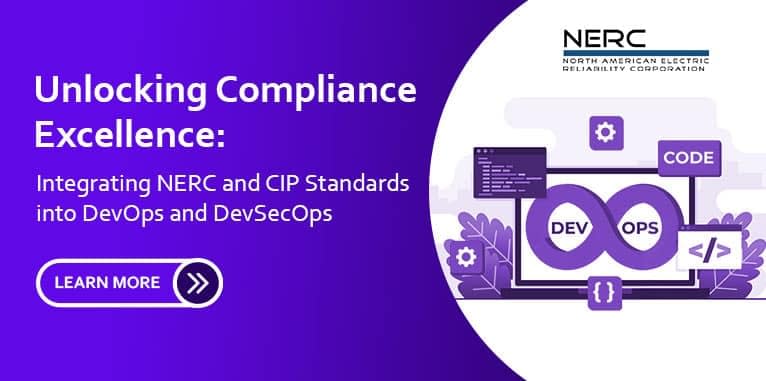

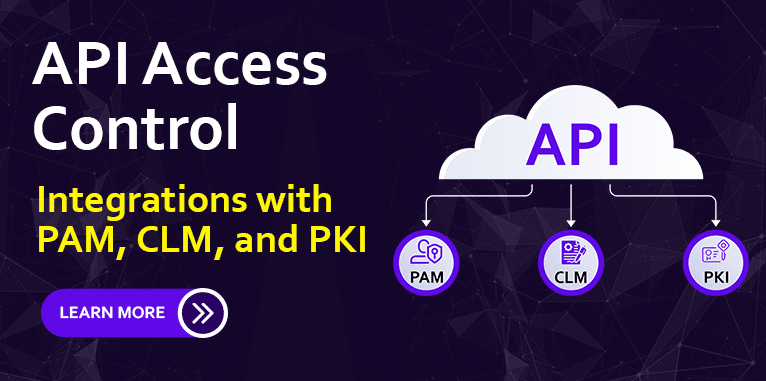


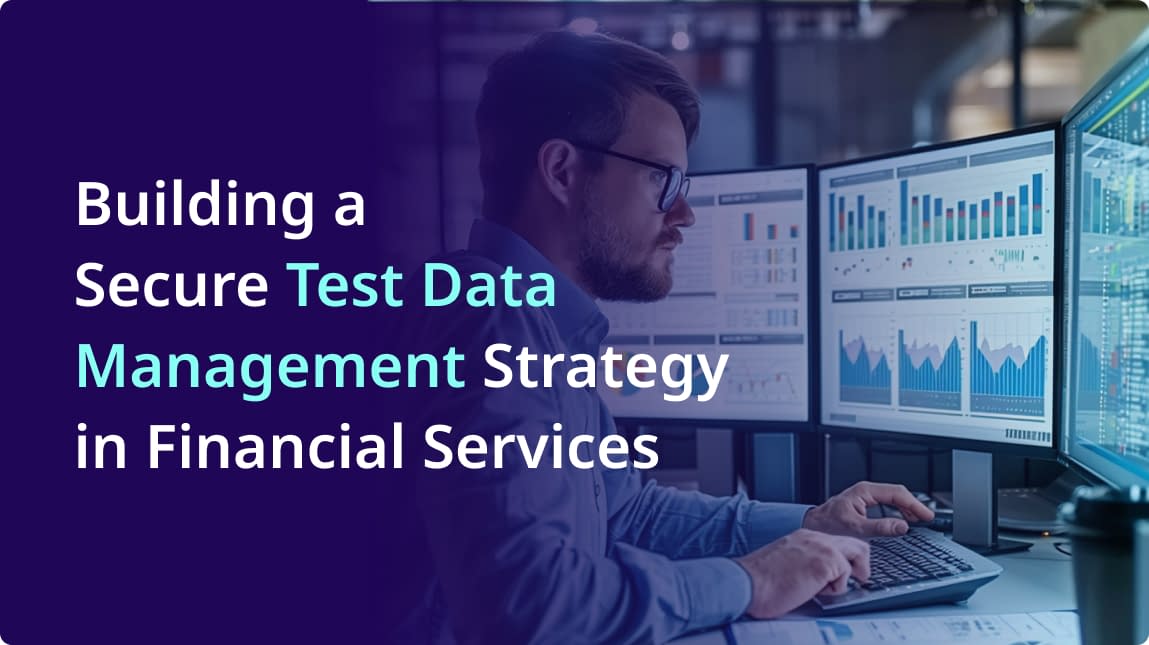
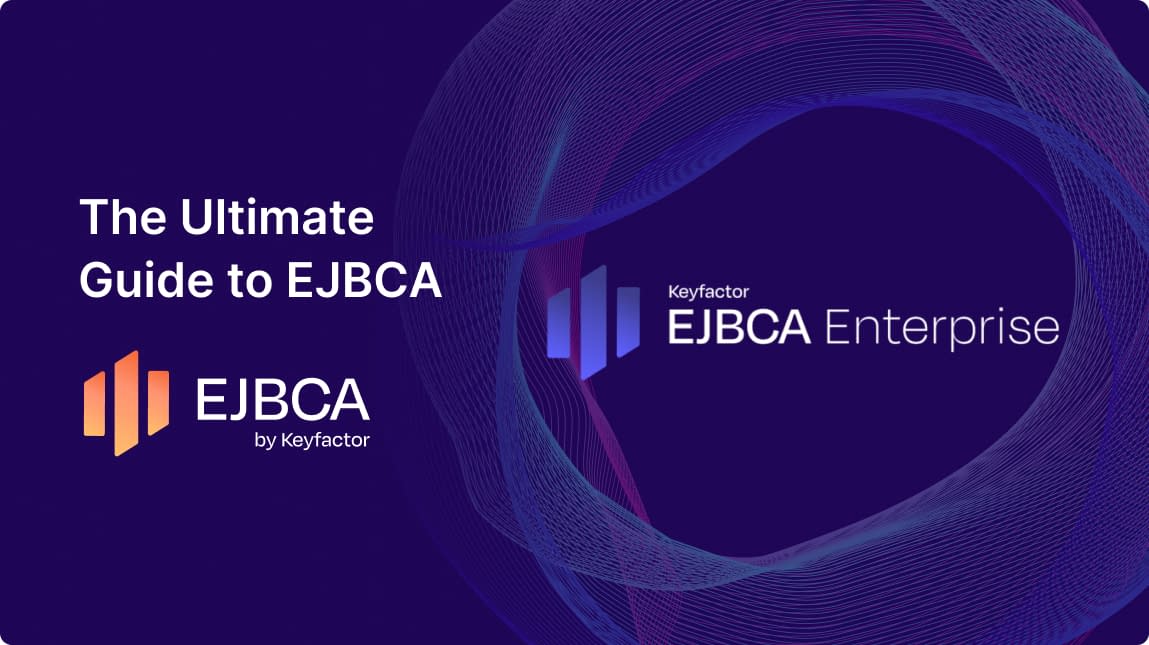
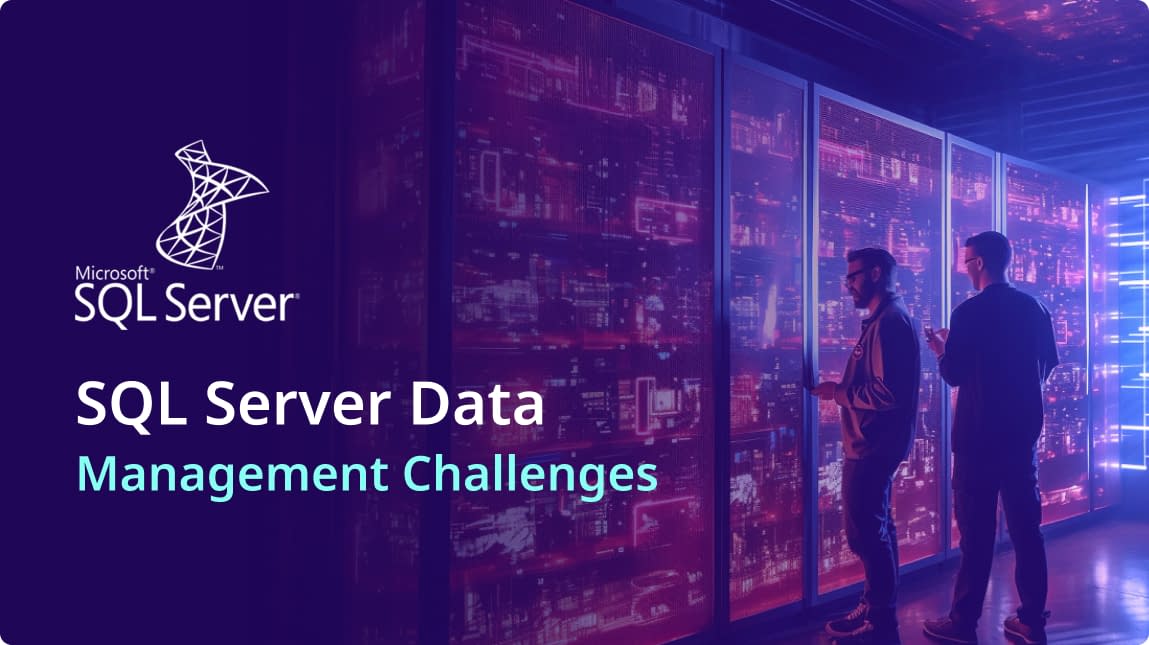
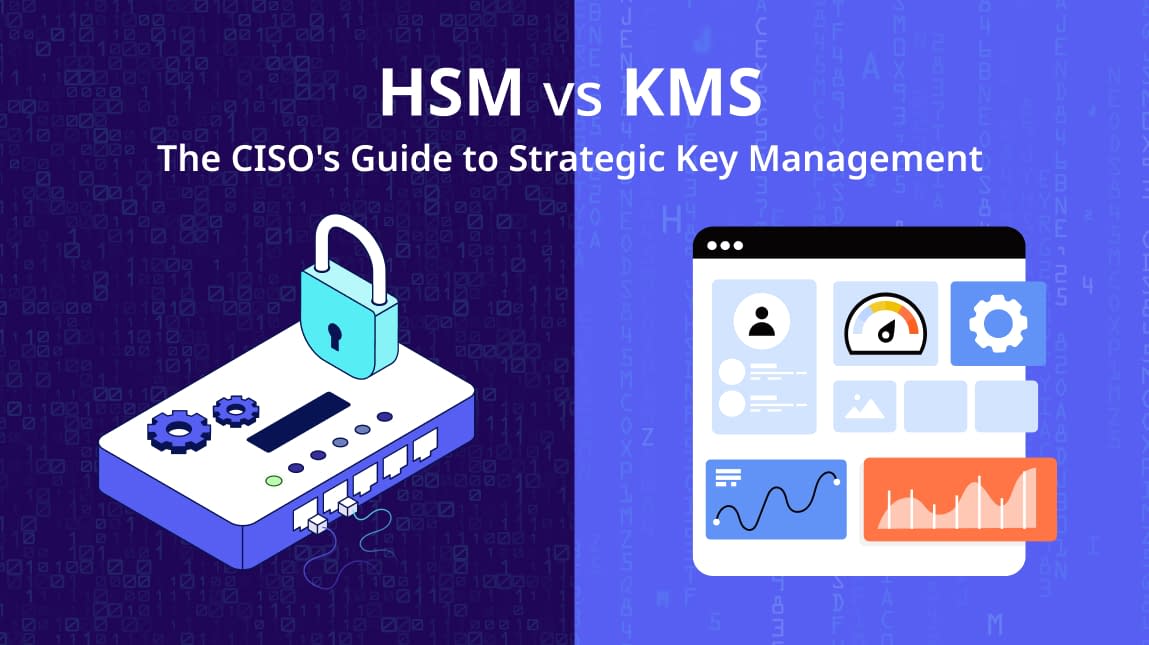



Comment